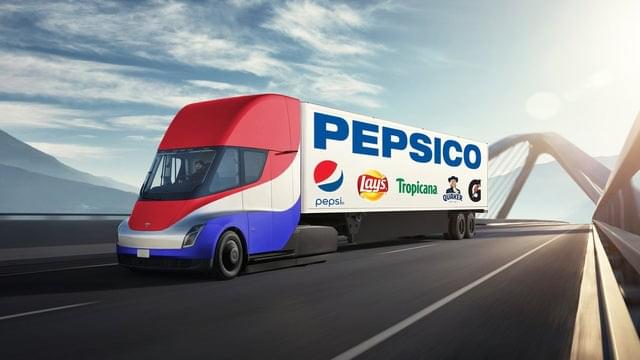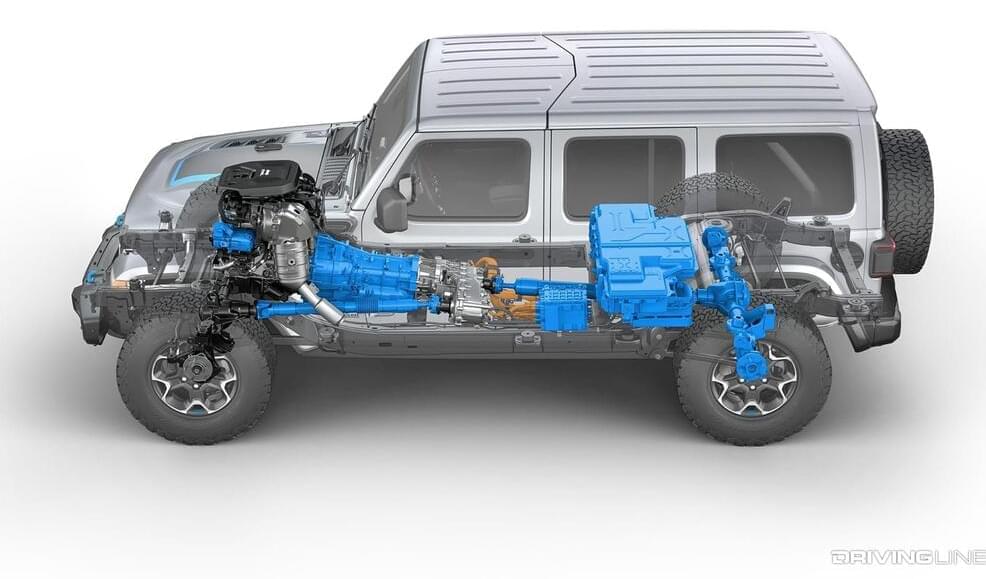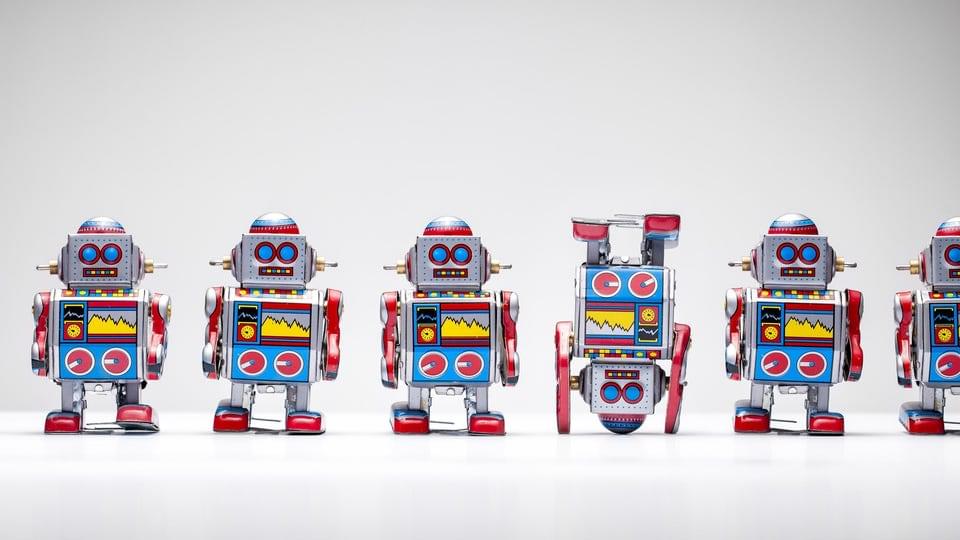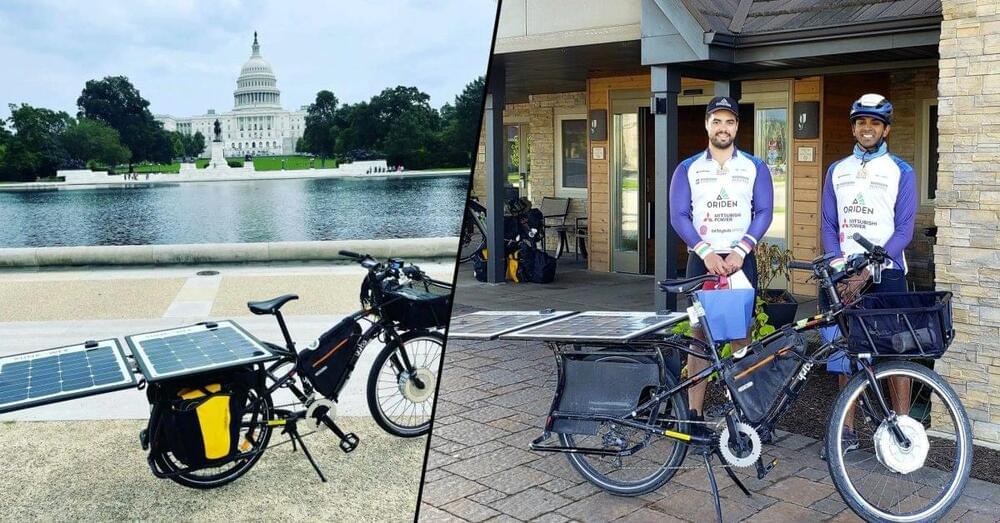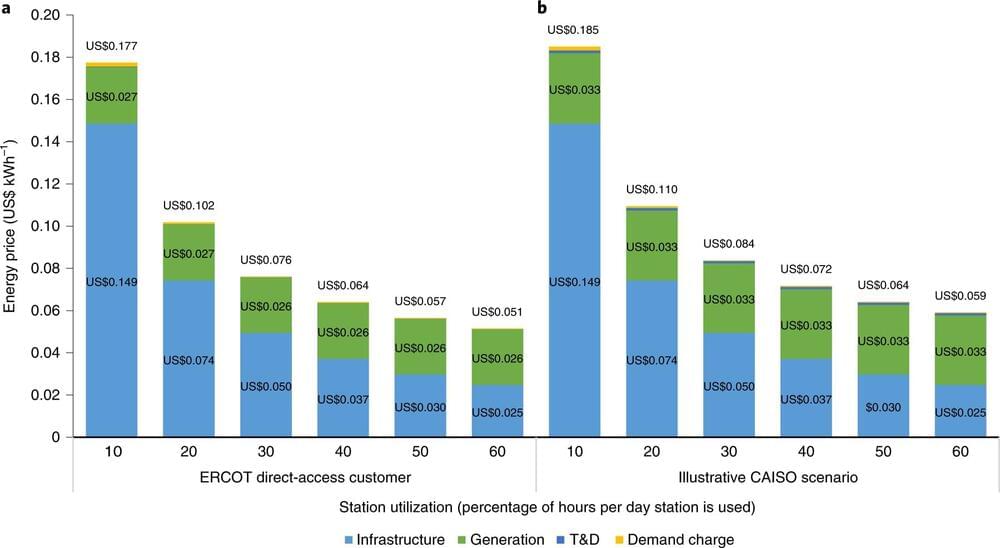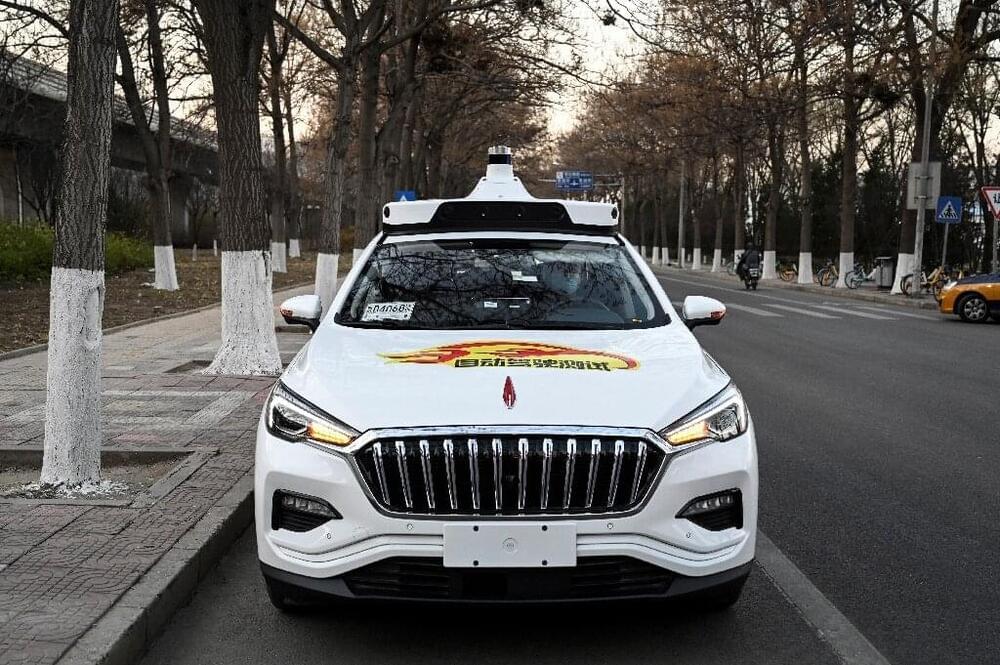Nov 28, 2021
2021’s Biggest Advancements in Artificial Intelligence
Posted by Dan Breeden in categories: employment, robotics/AI, transportation
2021 has been an incredible year in terms of advancements in the field of Artificial Intelligence Technologies. AI has managed to gain new abilities and managed to achieve the futuristic feat of taking over several jobs which previously only humans could perform. Whether it’s self-supervised learning, custom AI accelerators or neuromorphic chips, the future of AI is looking really bright and in this video, I’ll show you the biggest technological advancements of 2021 and what future technologies may come about very soon.
–
TIMESTAMPS:
00:00 The beginning of AI Supremacy?
01:34 Custom AI Hardware.
04:01 Media generated completely by AI’s.
05:49 Self-Supervised Learning.
07:20 Self-driving cars.
08:49 Actually intelligent AI Assistants.
10:42 Last Words.
–
#ai #technology #2021

